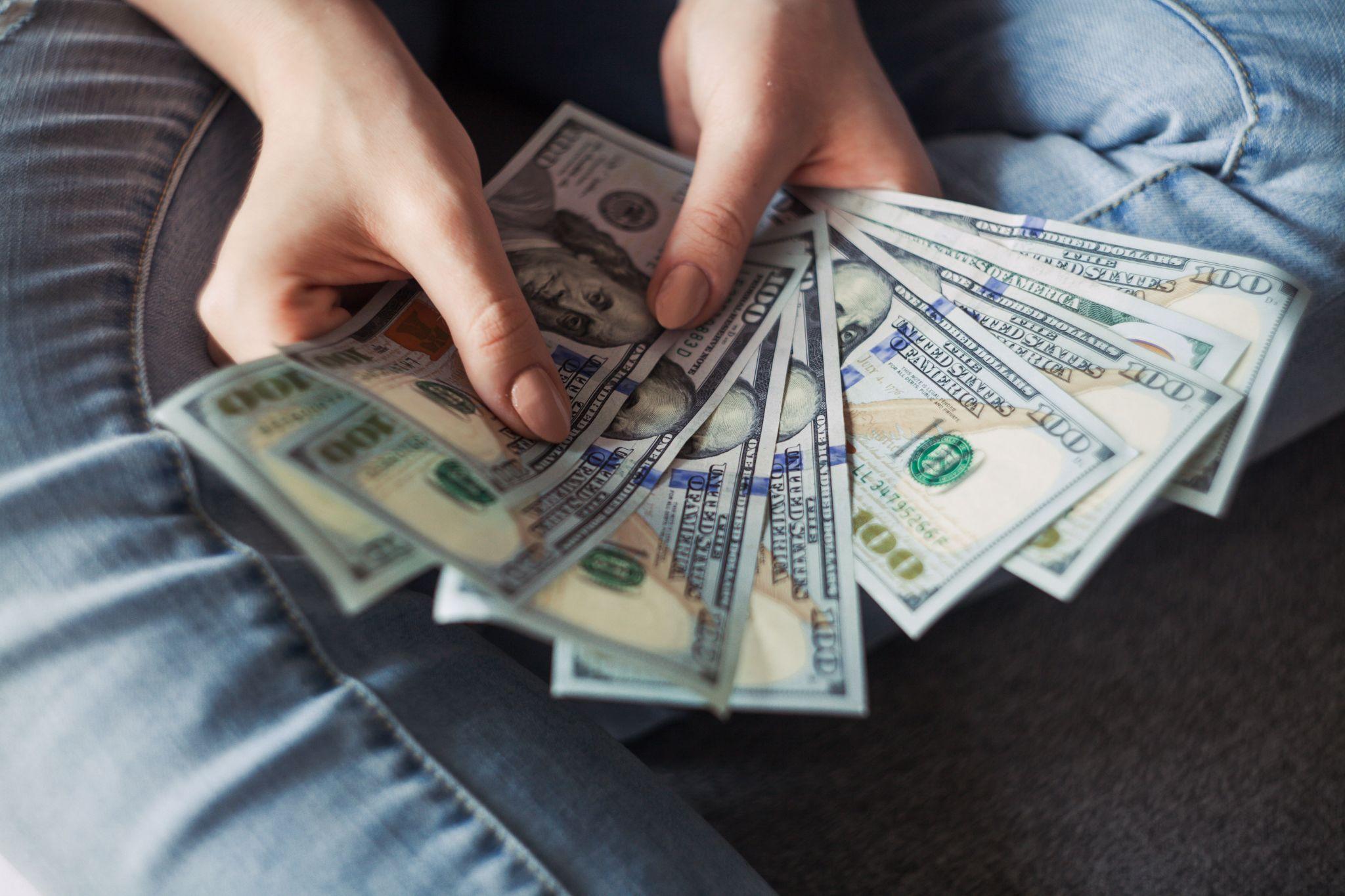
How to Save Money for an Emergency Fund
Picture this: A crisis hits, and you find yourself in a bind. One of the essential things you need to get by and make ends meet during tough times is money, but what do you do when you find that your emergency fund is close to nonexistent?
Why do you need an emergency fund?
No one wants to ever anticipate hardship and adversity, but when it does happen – whether in the form of more personal struggles like job loss and unforeseen medical expenses, or a more large-scale crisis like the COVID-19 pandemic – you’d rather find yourself prepared and not scrambling to get your life back in order. While emergencies are inevitable, you can at least reduce their impact and lessen your worries if you have a safety net to fall back on. Having an emergency fund means you won’t have to put yourself in debt or rely on others to stay afloat and will ensure you have the time and resources you need to get back on your feet.
Bankrate’s 2021 survey found that out of 1000 American respondents interviewed, 25% admitted to having no emergency savings at all – showing an increase from the 21% who said they didn’t have any in 2020. Another 26% indeed have emergency funds, but not enough to cover three months’ worth of expenses.
How much do you need to save to be financially secure?
How much should you have in your emergency fund? It’s a question that personal finance experts debate all the time. Some say three to six months’ worth of living expenses, while others would recommend a year’s worth or more.
The truth is, there’s no one-size-fits-all answer. The amount you’ll need depends on factors like your income, employment stability, and family situation. If you have a steady job and few financial commitments, you might be able to get by with a smaller emergency fund. But if you’re self-employed or have a lot of debt, you’ll need a larger buffer.
Ultimately, the best way to determine how much to save is to consider your unique circumstances and what would make you feel financially secure in an emergency.
6 Ways to Save for an Emergency Fund
It’s never too late to save for a rainy day and spare yourself from financial distress. Here are some useful tips on how you can effectively do just that:
In other words, setting up a direct deposit from your paycheck into a savings account. That way, you won’t even have to see or think about the money and you’ll be less tempted to spend it. This ensures you’re staying on track and your money is going where it needs to go. Plus, it’s one less thing that you’d have to remember to do each month.
Keep tabs on where your monthly budget is going, and cut back on expenses where you can. By making small changes in your spending habits, you can free up more money to contribute to your emergency fund.
In addition to helping you save for an emergency fund, making a budget plan can also help you keep track of your overall financial picture. This can help identify potential problems early on so you can adjust your budget to avoid them.
You don’t need to save thousands of dollars in one night. Start small, even with $50 or $100, and build up from there. While it may not seem like much, it can still make a difference in your financial security. If you’re constantly saving up even with small amounts per month, it will eventually accumulate and you’ll have a healthy emergency fund to fall back on when the need arises.
This will give you a good idea of how much money you can realistically set aside each week or month. For example, if you know that you earn $15 per hour, you can decide to set aside $5 from each paycheck for your emergency fund.
This may not seem like a lot at first, but over time it can add up. And in the event of an emergency, having a few hundred dollars saved up can be a lifesaver. So if you’re struggling to save, calculating your average hourly paycheck is a good place to start.
If you have a side hustle or some other source of income, it wouldn’t hurt to put that on your emergency fund. You could also look into ways to earn passive income, like investing in real estate or stocks.
On a side note, taking on freelance jobs or part-time work will not only give you a little extra money each month, but it can also help you develop new skills and meet new people.
Keeping your emergency savings in a separate account can help you avoid using your emergency fund for non-emergency expenses. If your emergency fund is in your checking account, it can be tempting to dip into it when you need a little extra cash.
In addition to being able to track your progress, keeping your emergency fund in a separate account can also help you earn interest on the money. And if you have a credit card with a good rewards program, you can use it for emergency expenses and earn points or cash back.
Final Thoughts
Emergency funds are a critical part of financial planning. And although it may be difficult to save for an emergency fund, it’s definitely worth the effort down the road. If you’re not sure where to start, there are plenty of helpful resources available online that you can always take advantage of. Once you’ve built up your emergency fund, you’ll be prepared for whatever life throws your way.






